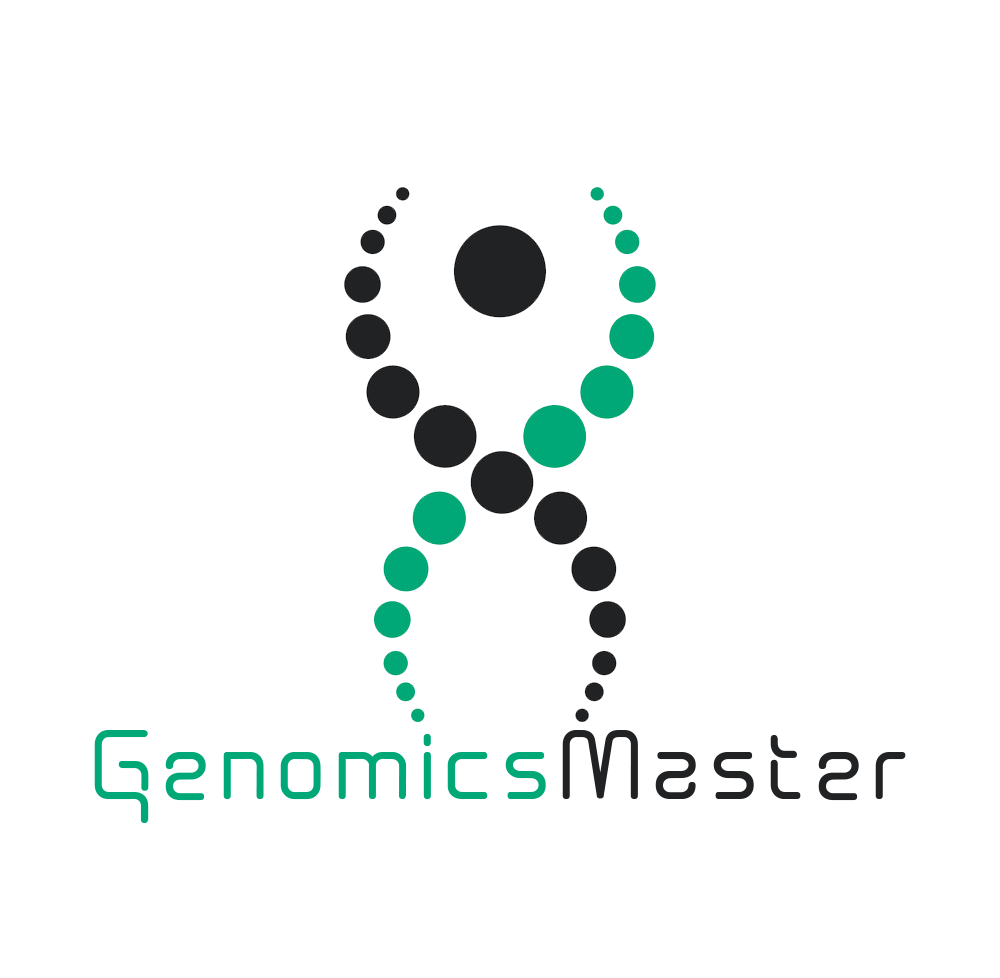Human genomes contain numerous genetic variants that are either previously described as pathogenic or predicted to be pathogenic, regardless of the individual health status. Therefore, the molecular diagnosis of disease often requires both the identification of candidate pathogenic variants and a determination of the correspondence between the diseased individual’s phenotype and those expected to result from each candidate pathogenic variant. AI algorithms can significantly enhance the mapping of phenotype to genotype, especially through the extraction of higher-level diagnostic concepts that are embedded in medical images and EHRs.

Genotype-to-phenotype prediction
Ultimately, the clinical purpose of genetics is to provide diagnoses and forecasts of future disease risk. Relatively simple statistical approaches to polygenic risk prediction allow for personally and clinically useful stratification of risk for some common complex diseases. A few studies have attempted genomic prediction of complex human traits using AI algorithms, but most of those reported in the literature to date are probably overfit as they purportedly explain substantially more trait variance than should be possible on the basis of heritability estimates. One application of machine learning to genomic prediction of height was able to provide relatively accurate predictions within expected bounds, suggesting that AI-based methods can be used to improve upon statistical techniques. However, the true utility of AI-based approaches in genotype-to-phenotype prediction will probably come from the integration of a variety of health data types and risk factors into comprehensive predictors of disease risk.
